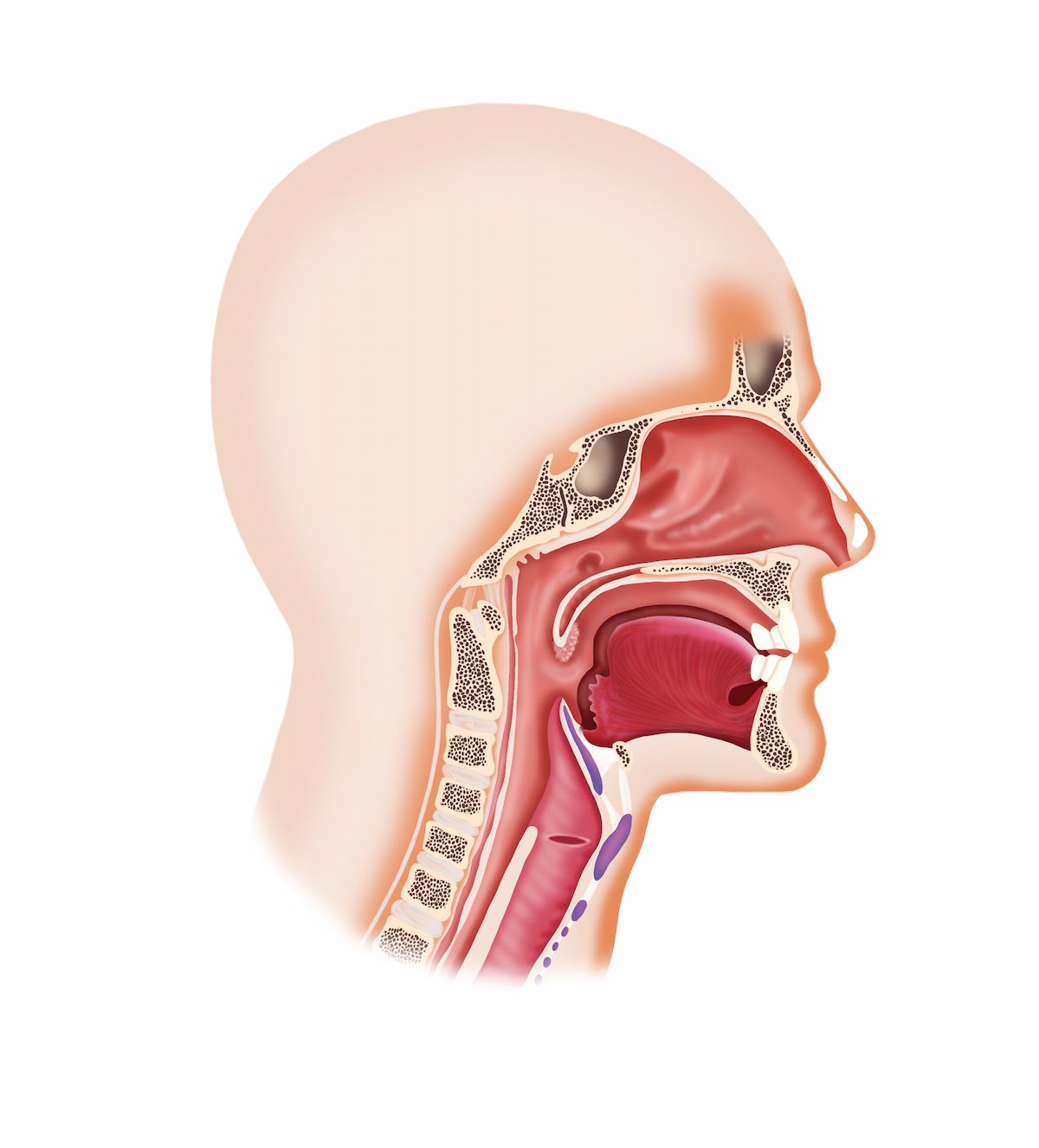Cryotherapy Device Improves Oral Mucositis Outcomes After Chemotherapy Treatment
The Chemo Mouthpiece had favorable outcomes when used during and after treatment with chemotherapy among a range of patients with various types of cancer.
The Chemo Mouthpiece had favorable outcomes when used during and after treatment with chemotherapy among a range of patients with various types of cancer.

Use of the Chemo Mouthpiece to deliver cryotherapy for 14 days following treatment with chemotherapy was found to help mitigate chemotherapy-associated oral pain such as mucositis and analgesic use, according to findings from a study (NCT04595838) published in Supportive Care in Cancer.1
The Chemo Mouthpiece can be used throughout the duration of treatment for up to 1 year. It is self-contained and made of durable, medical-grade silicone. Prior to receipt, the manufacturer has it prefilled with filtered water and a proprietary saline solution.
The device is to be inserted into the mouth and allows the lips to overlap the outer edge. The insulated sleeve and base are squeezed to circulate the cold water throughout the mouth, and patients repeat squeezing during use.
The study findings noted that patients favored the cryotherapy device vs the control. In the intention-to-treat (ITT) population, 17.8% of patients who were given the Chemo Mouthpiece reported mucosal pain during cycles 1 and 2 vs 24.6% in the control group (P < .001). Similar results were observed in the per-protocol population (12.8% vs 23.9%; P < .001).
The longitudinal analysis identified peak symptoms between days 4 and 10 of each cycle. It was noted that patients using the device were consistently pain free vs the control arm (P = .068).
Regarding analgesic use, 26% of patients in the ITT control arm noted a need during the first 2 cycles vs 11.3% who used the device (P = .01). For study visits, 7.7% of patients in the control group vs 1.8% who used the Chemo Mouthpiece reported analgesic use (P < .001). In the per-protocol analysis, there were no differences in analgesic use vs what was seen in the ITT population: 1.8% for the device and 7.5% in the control arm (P = .001).
When assessing by cancer type, the investigators found patients with breast cancer derived benefit during cycles 1 and 2 and that patients with nonbreast cancers had the greatest benefit in cycle 2.
"The data from this rigorous, multicenter trial clearly validate the Chemo Mouthpiece as a safe and effective tool for addressing oral mucositis-related pain and related opioid use. The scope of chemotherapy regimens and cancer types included in the study underscores the potential to benefit the diverse patient population impacted by oral mucositis. These findings represent a meaningful step forward in supportive oncology care,” Richard Zuniga, MD, medical chief of research at New York Cancer and Blood Specialists and lead study investigator, said in a press release on the data.2
A total of 164 patients were randomly assigned 1:1 to either arm A, the Chemo Mouthpiece group (n = 110), or arm B, the control group (n = 54). Patient characteristics included most being female (73.6% vs 83.3%), having a median age of 63.5 years vs 57.5 years, and receiving chemotherapy for breast cancer (52.7% vs 61.1%) or colorectal cancer (10.0% vs 7.4%).
At the time of screening and then on days 1 to 14 of each cycle, patients were required to complete a diary. If patients used the device outside of these parameters, the diary was still required.
Patients rated their symptoms on a scale of 0 to 5, with 0 being “Feels normal” and 5 being “Feels marked discomfort with the inability to swallow solids or liquids.” For those in arm A, patients had questions in their diary related to device use.
Eligibility criteria included patients aged 18 to 80 years who planned to receive at least 2 cycles of an infused stomatotoxic chemotherapy regimen. The inclusion criteria were broad with respect to the regimen and primary tumor diagnosis.
Patients were excluded if they were to receive oxaliplatin drugs because of the known association with cold sensitivity. Additionally, patients were excluded if they planned to receive concomitant radiotherapy or were dependent on opioid analgesia.
No safety issues were highlighted with this device. The early termination rate in arm A of the first 30 patients enrolled was 52.6% compared with 9.1% in arm B. Because of this, the investigators offered a smaller device, and this affected the response for the remaining 28.3% of patients in arm A and 11.6% in arm B.
Reasons for discontinuation in 50% of arm A were related to the device, whereas in 50% of arm B, reasons included chemotherapy adverse effects.
Those who used the device were given an end-of-study questionnaire, and responses ranged from 6.8 (“The mouthpiece was comfortable”) to 9.3 (“The patient instruction sheet was clear”). The response to “I would recommend the Chemo Mouthpiece to other patients undergoing chemotherapy” averaged an 8.3 score.
References
- Zuniga R, Dembla V, Alam N, et al. Multi-institutional, randomized, controlled trial to assess the efficacy and tolerability of a reusable, self-contained cryotherapy delivery device. Support Care Cancer. 2025;33(8):732. doi:10.1007/s00520-025-09795-x
- The Chemo Mouthpiece medical device significantly reduces oral pain and opioid/analgesic use during chemotherapy in multi-center pivotal clinical trial. News release. Chemomouthpiece. August 20, 2025. Accessed August 22, 2025. https://tinyurl.com/tzazyzum
How Supportive Care Methods Can Improve Oncology Outcomes
Experts discussed supportive care and why it should be integrated into standard oncology care.